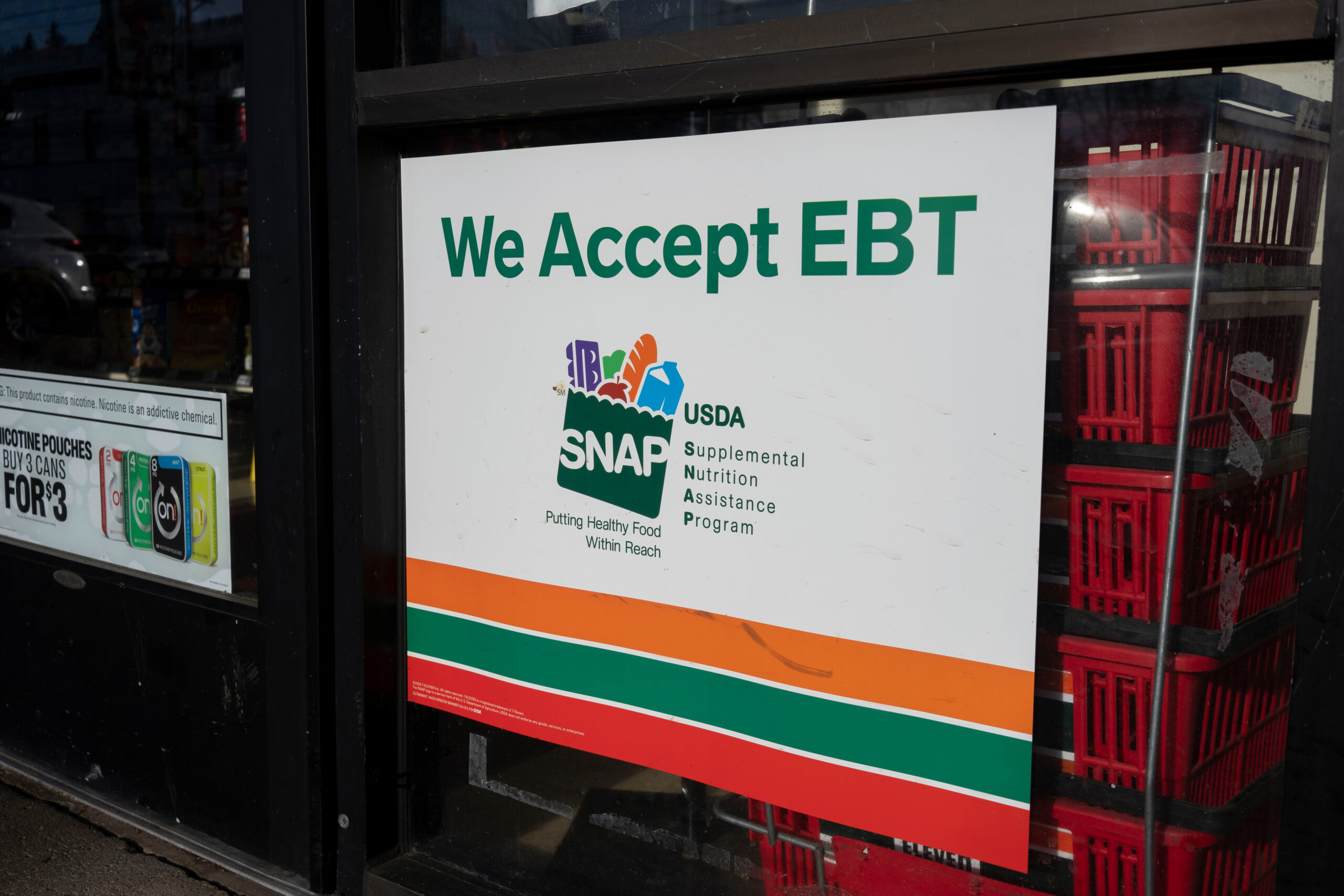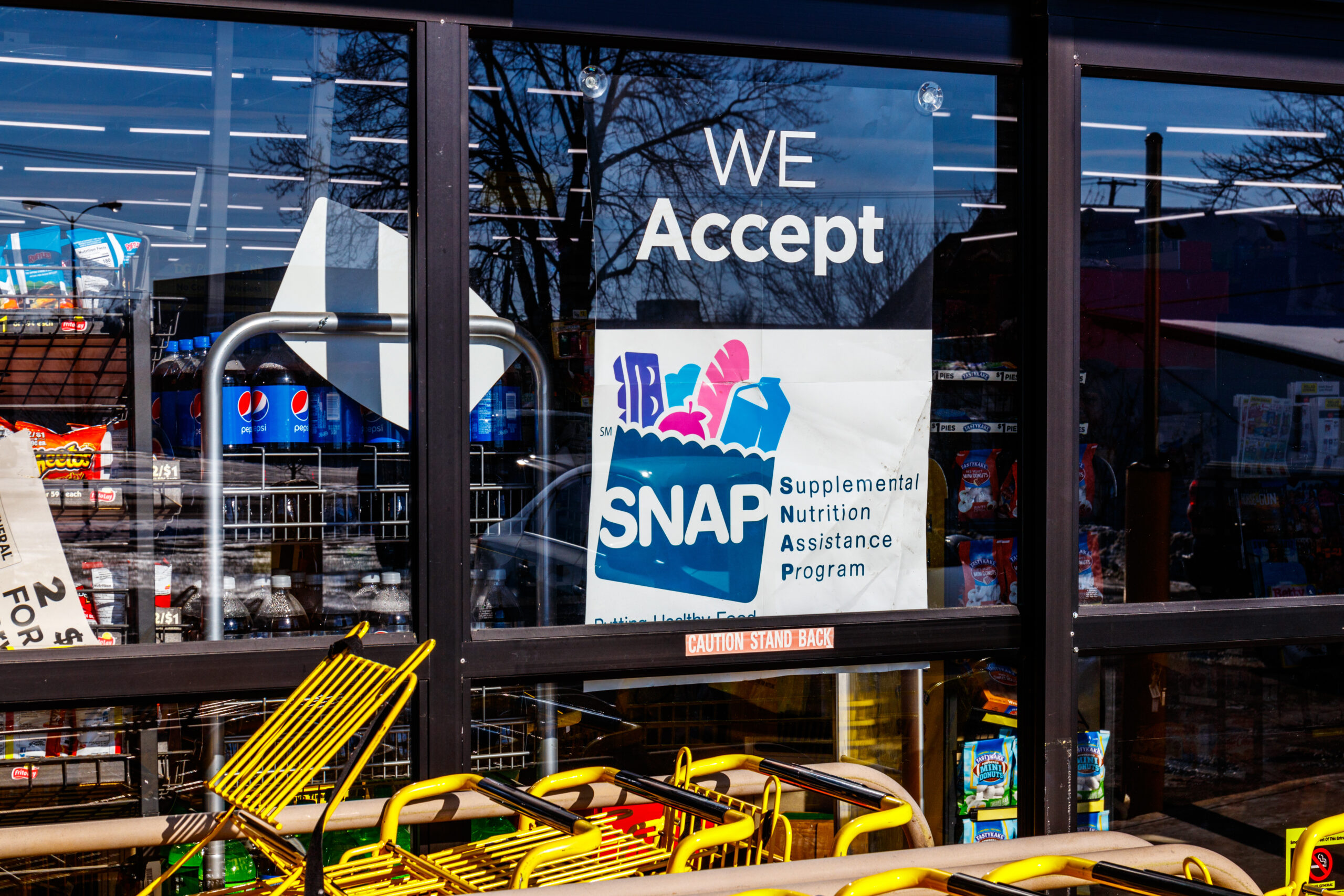
May 18, 2025
Saved by Medicaid: New Evidence on Health Insurance and Mortality from the Universe of Low-Income Adults
Abstract We examine the causal effect of health insurance on mortality using the universe of low-income adults, a dataset of 37 million individuals identified by linking the 2010 Census to administrative tax data. Our methodology leverages state-level variation in the timing and adoption of Medicaid expansions under the Affordable Care Act (ACA) and earlier waivers…

March 26, 2025
How Large Would SNAP Be? Simulating the Size of SNAP Based on Changes to the Unemployment Rate
Abstract The Supplemental Nutrition Assistance Program (SNAP) is a means-tested transfer program that is available to all households that meet the eligibility criteria. Therefore, SNAP is also a countercyclical program, meaning that the size of the program increases during recessionary periods and decreases during expansionary periods. A large literature quantifies the magnitude of the relationship…

March 11, 2025
An Evaluation of Cost Saving Reforms of the Supplemental Nutrition Assistance Program
AbstractCongress is considering ways to reduce spending on the Supplemental Nutrition Assistance Program (SNAP) by $230 billion over ten years. Reforms are likely to include one or more of the following cost-saving elements: reducing the maximum SNAP benefit, reducing deductions, expanding work requirements, and ending broad based categorical eligibility. In this paper I analyze each…

January 24, 2025
The Targeting of Place-Based Policies: The New Markets Tax Credit Versus Opportunity Zones
Abstract For a place-based policy to succeed, it must target the right areas—typically those with lower economic development and resident well-being. The U.S. has two major place-based tax policies: the New Markets Tax Credit (NMTC), where government-approved entities select investments, and Opportunity Zones (OZs), where private investors choose projects. Despite underlying design differences, both target…

December 30, 2024
Coverage, Counter-cyclicality and Targeting of Work Requirement Waivers in the Supplemental Nutrition Assistance Program
Abstract Non-disabled, working age adults without children are required to work 20 hours per week in order to maintain eligibility for the Supplemental Nutrition Assistance Program. However, states may waive the work requirement for areas that meet conditions reflective of a weak labor market. We construct a dataset with the waiver status of each United…

October 22, 2024
Poverty, Hardship, and Government Transfers
Abstract We examine how the well-being of those with few resources changed, amidst economic disruption and large, transitory government transfers. We find that in the years leading up to the pandemic and in 2020, the patterns for income and consumption poverty were very similar. In 2021 and 2022, however, changes in income and consumption poverty…

August 28, 2024
Race, Ethnicity, and Measurement Error
Abstract Large literatures have analyzed racial and ethnic disparities in economic outcomes and access to the safety net. For such analyses that rely on survey data, it is crucial that survey accuracy does not vary by race and ethnicity. Otherwise, the observed disparities may be confounded by differences in survey error. In this paper, we…

June 10, 2024
Employment and Labor Supply Responses to the Child Tax Credit Expansion: Theory and Evidence
AbstractThe 2021 Child Tax Credit (CTC) expansion increased government benefits to families, andespecially to families with the lowest incomes. Economic theory predicts that this policyintervention would have led to a reduction in labor supply among adults in those families. Ourreview of available research suggests that employment within broadly defined demographicgroups was not reduced by the…

May 16, 2024
Critiquing Bastian (2022, 2023, 2024, and forthcoming):On Child Tax Credit Reform and the Sensitivity of Single Mothers to Work Incentives
Abstract In 2021, Congress passed and President Biden signed a major, but temporary, reform to the Child Tax Credit (CTC). Among other reforms to the credit, the American Rescue Plan Act (ARPA) made it available to non-workers on the same basis as workers. Attempts to make this reform permanent foundered, in part, due to opposition…

November 9, 2023
Child Support Policy: Areas of Emerging Agreement and Ongoing Debate
This paper will be delivered at the Association for Public Policy Analysis & Management 2023 Fall Research Conference. Abstract The Child Support Enforcement (CSE) system has a broad scope and provides important resources to economically vulnerable children who live apart from one of their parents. Yet, it is subject to critique for intervening too much, too…